I wandered around Fort Shenandoah during the NSSA National Matches on Friday and found two shells I wanted, priced reasonably, so they came home. The Spanish shells, ca. 1862-1880 fit either bronze rifles converted from older smoothbores, or newly-cast (1863 and later) bronze rifles. I suspect these shells came back as souvenirs from the Spanish-American War. They reportedly came from a residence in Bat Cave, NC, but of course that's really not important. Since there are a few weapons in the collection that take these shells, of course I wanted them to display alongside the guns. The shells are 3.31 in. diameter, 6.6 in. long, weigh 9 lbs. and have two rings of six studs as shown. I'm not sure whether the studs are zinc as I thought, or lead as Mr. Melton's website suggests. I would have thought lead would be too soft for the application.
The slideshow features a typical Spanish newly-made Beaulieu-system rifle. The tube is 63 in. long and weighs 320 kilos. The bronze used to cast it was made by melting down older cannons. The tube was cast at the Royal Cannon Foundry at Seville. As the plate indicates, it was captured at San Juan, Cuba, during the Spanish-American War. The royal cypher engraved on the breech is the letter I and number 2, for queen Isabella II of Spain.
I'd like to know exactly what the marks on the muzzle indicate. Muzzle marks on Spanish guns of that period generally indicate the type and caliber of the gun, but precisely what is meant by "L . 8 Co." I'm not sure. The meaning of the letter "L" escapes me, probably because I don't speak Spanish, for one thing. The "8 Co." on an earlier smoothbore means "8-pounder, short model." so perhaps the "Co" (for Corto) is the same. Perhaps "8" is an approximation of the projectile weight, and the piece was known as a rifled 8-pounder? Someone please explain the exact meaning of the "L . 8 Co." marking.
Shell description from Melton website:
http://www.civilwarartillery.com/projectiles/rifled/SpanishShell.htmBrief article about Gen. A.H.T.T. de Beaulieu and his system of artillery:
http://en.wikipedia.org/wiki/Antoine_Treuille_de_BeaulieuSlideshow of a cannon with Beaulieu-system rifling:
http://s17.photobucket.com/albums/b62/cannonmn/miscforumsetc/forums5/?action=view¤t=d00f04c9.pbw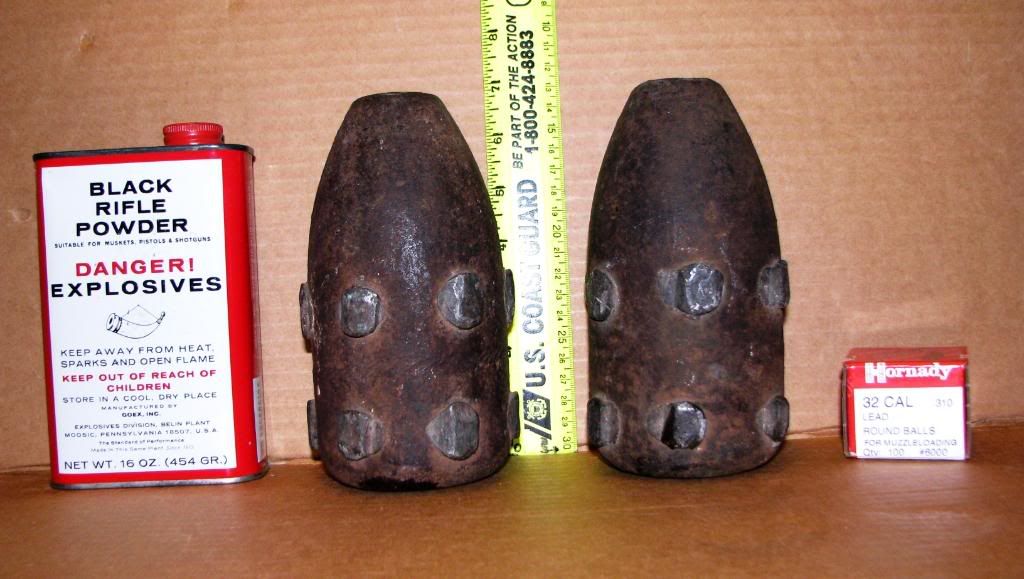
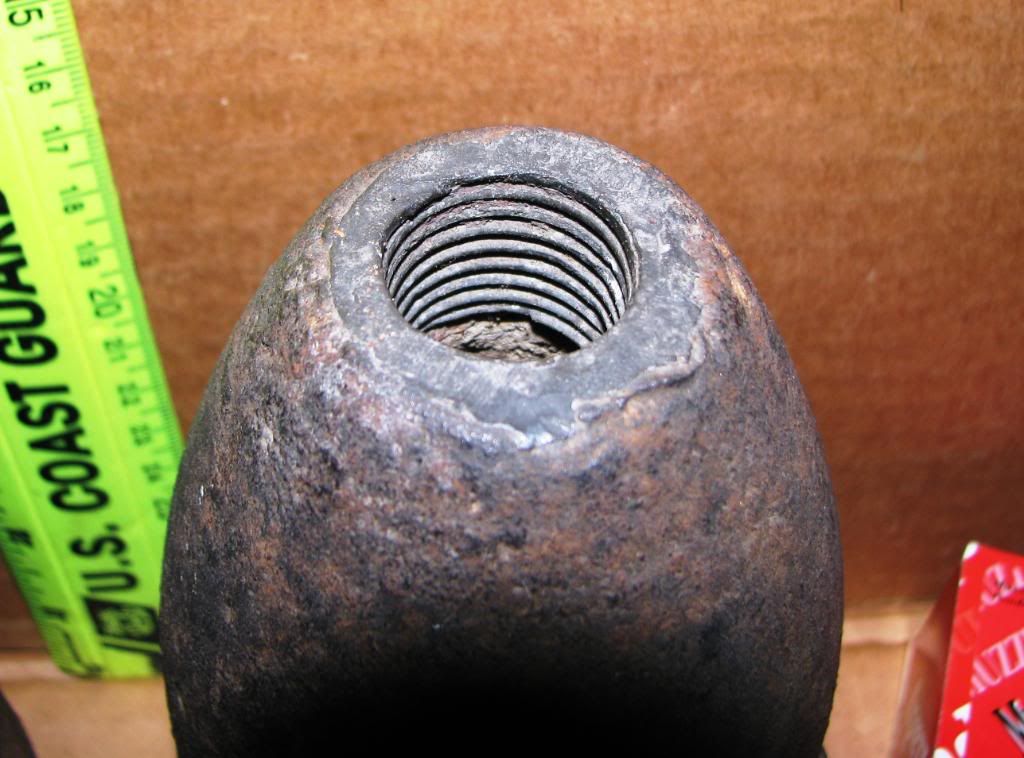
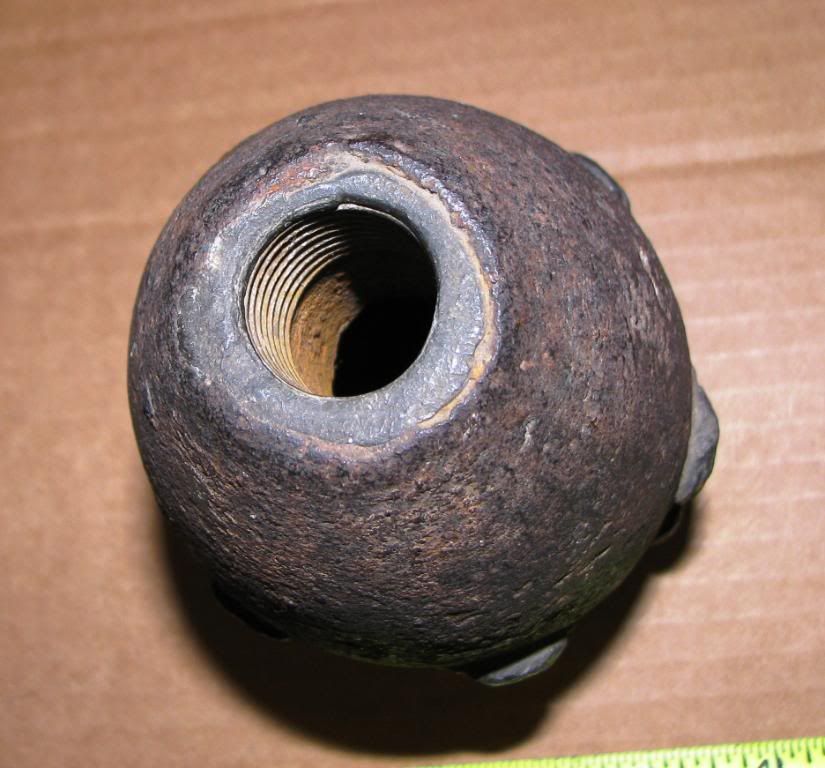
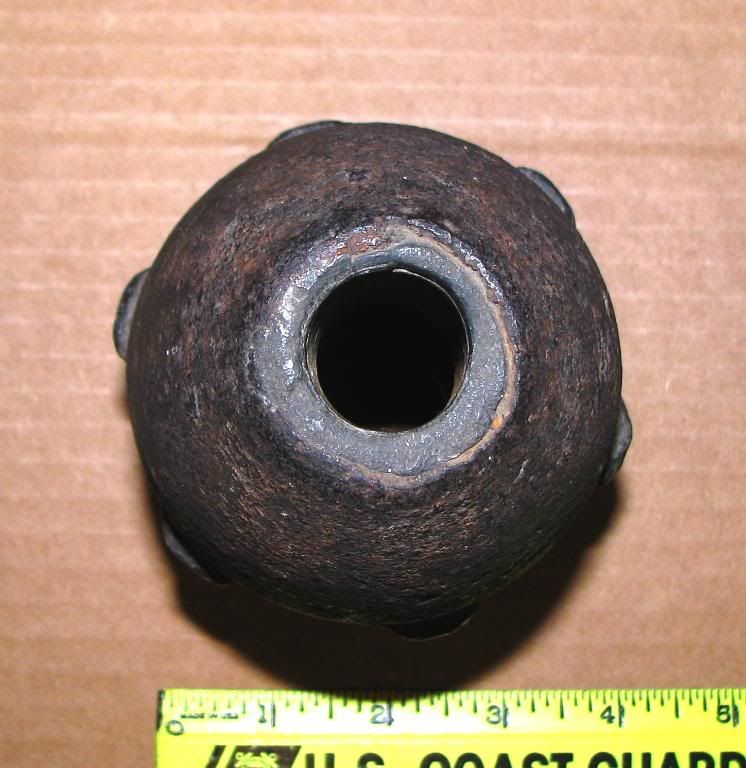
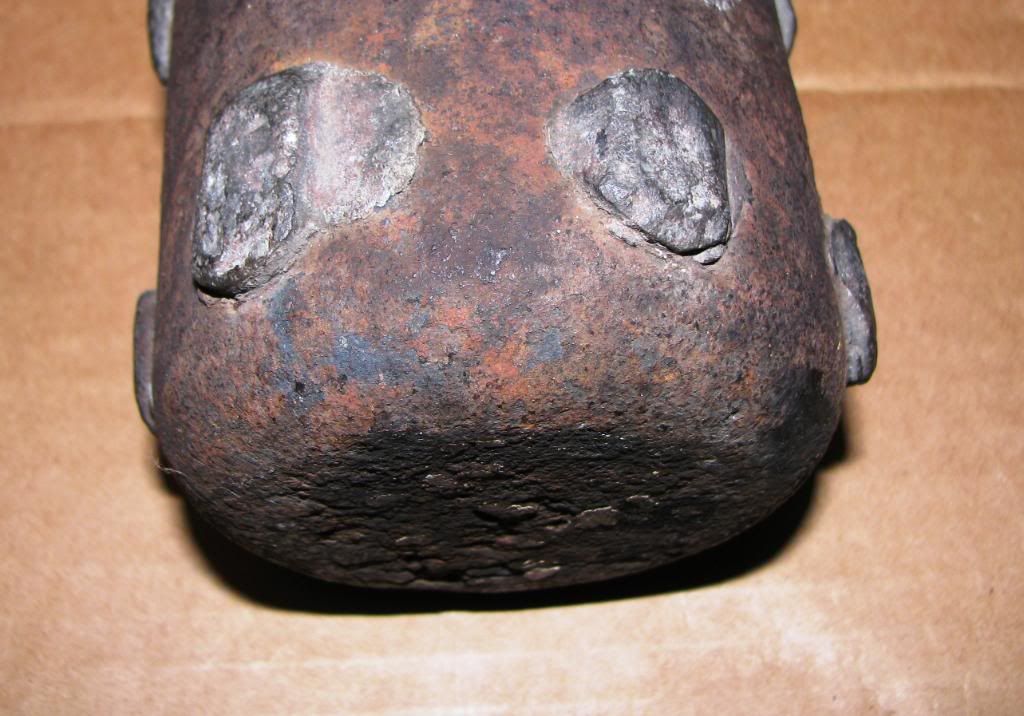
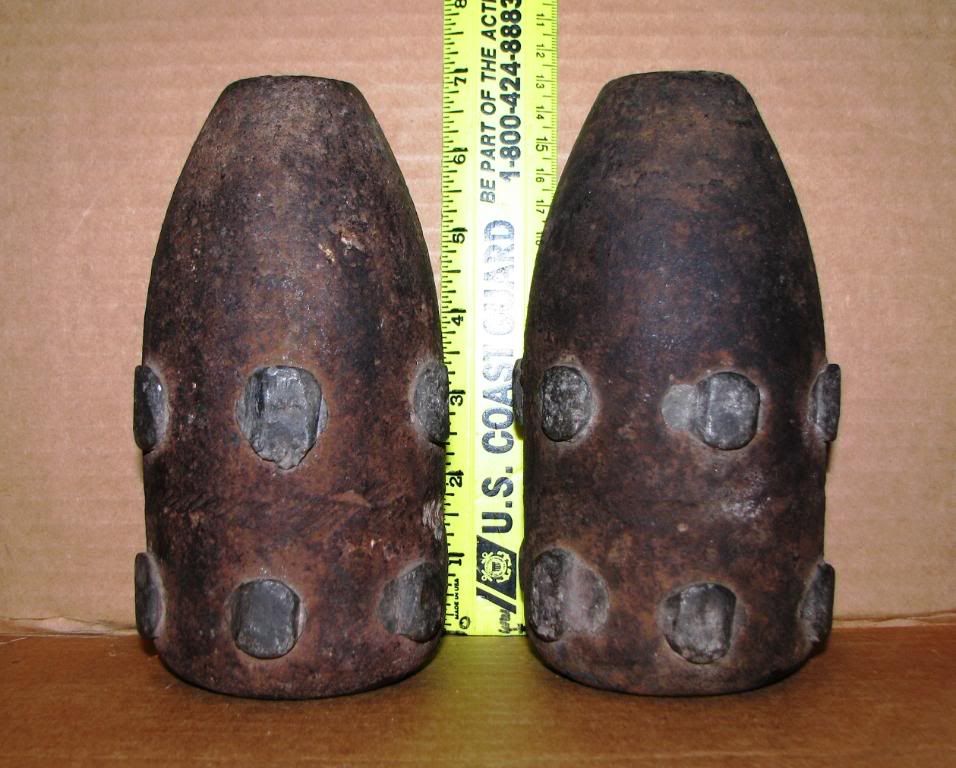
The .310 lead balls in the small red box will be used in the 32-barrel volley gun. There are enough in the box for three volleys with a few left over.